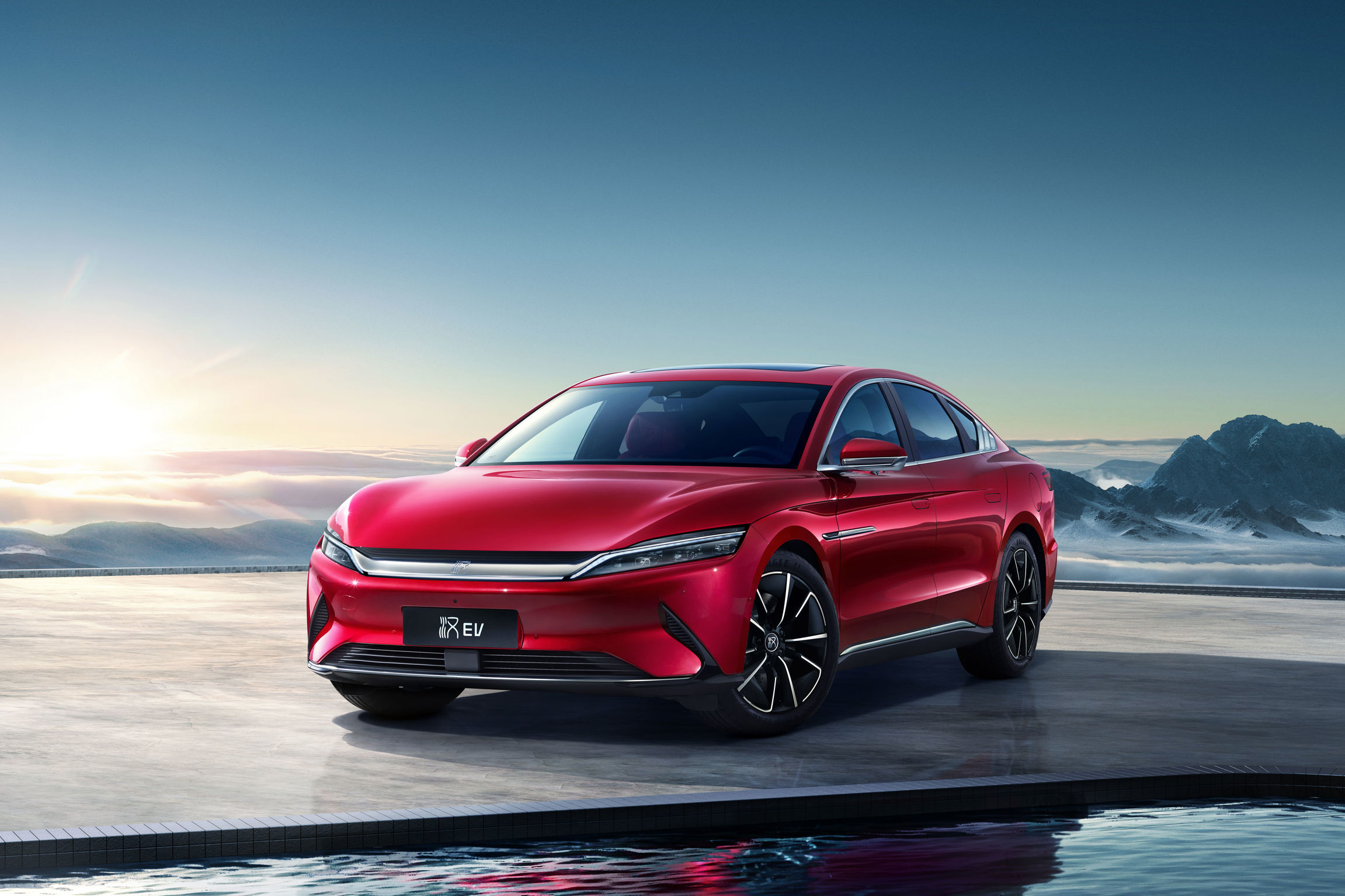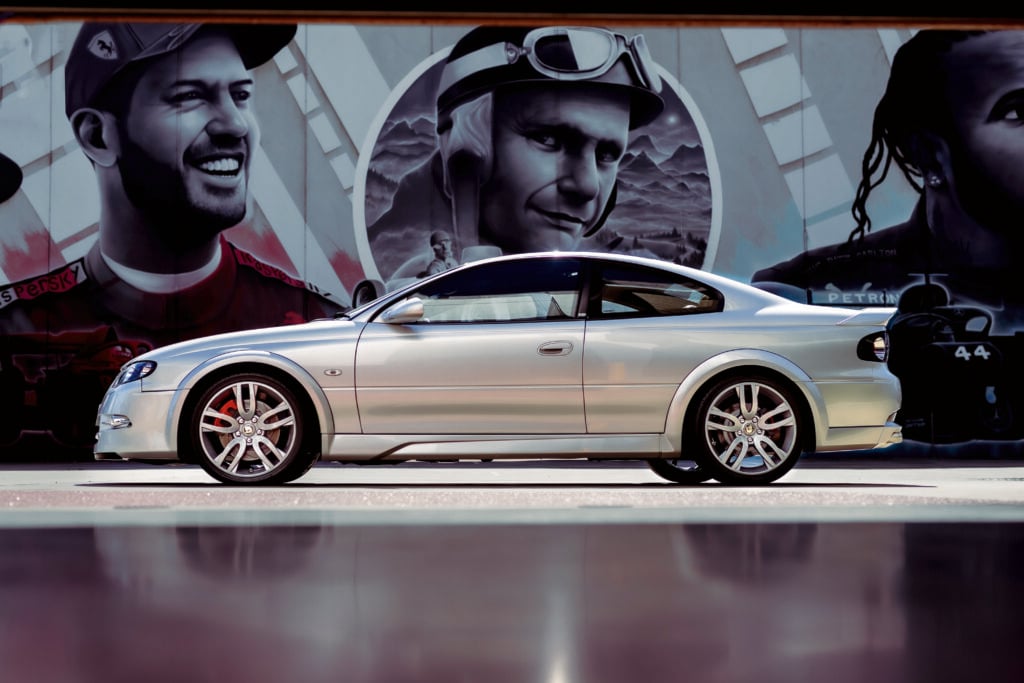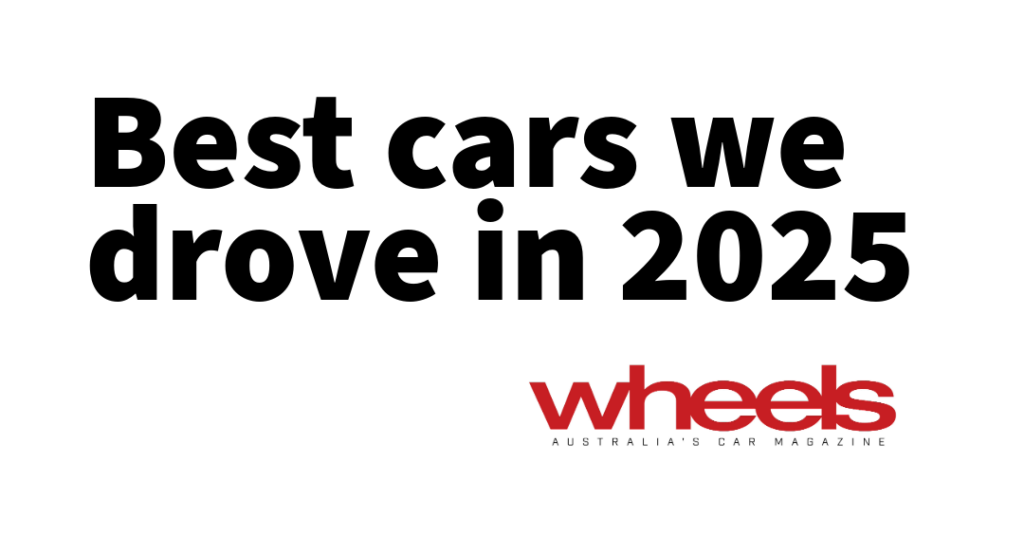Australia is shaping up as a fertile test market for China as its auto industry opens up to the global market.
Chinese electric vehicles in particular are set to change the global automotive landscape as the industry gears up for exports. More desirable vehicles from China, combined with state-based EV incentives here as Australia’s charging network continues to expand, combine to make our low-volume market more attractive.
By 2025, the Chinese auto market plans to be truly open as it begins to export as part of its World Trade Organisation obligations. Goals set out in 2018 included development of its supply chains, greater competitiveness and a focus on EVs to lead the industry by the end of 2020. This also saw the need for development of ‘world-class’ brand identities from the hundreds currently operating domestically.
Tactically, caps on foreign investment have been lifted, while its focus on EVs sees China – which clearly leads the world in battery tech – poised to swoop as many incumbent carmakers struggle to adapt. The industry openly acknowledges the need to consolidate the number of brands in order to be better placed for global expansion.
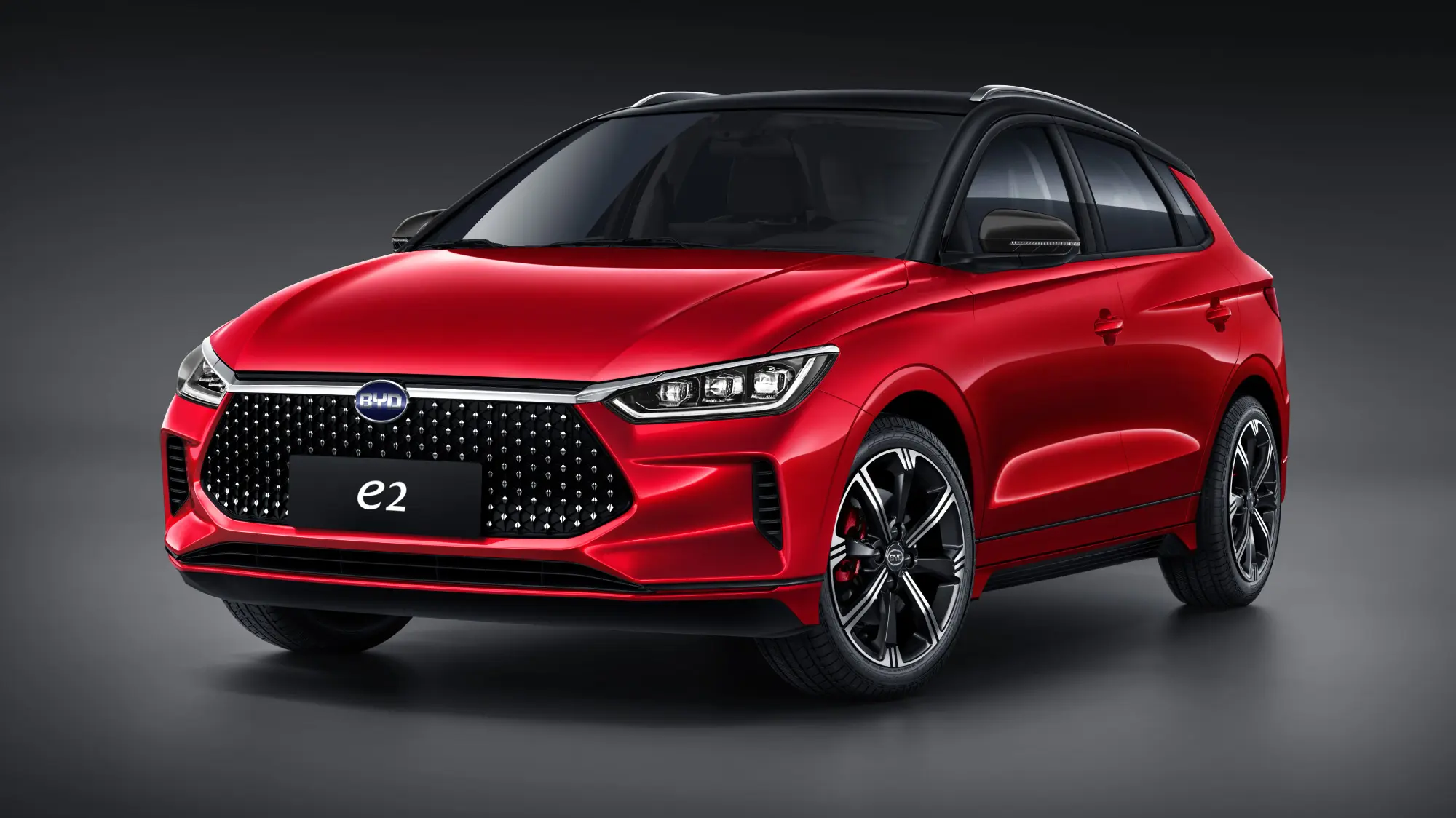
Privately owned, entrepreneurial-led brands including BYD, Geely and Great Wall Motors, all of which have a presence here, are among those best positioned to exploit Australia as a test market in a similar way that Norway has been used to enter Europe.
BYD passenger cars will go on sale in Australia in 2022 through local importer, Nexport. BYD’s unique Blade batteries are lithium-iron phosphate, as opposed to lithium-ion – meaning they don’t rely on cobalt and nickel, and are supposedly less prone to overheating.
Famed for investors including Warren Buffett, in addition to batteries BYD produces electric buses, garbage trucks and other commercial vehicles. It set up an office in Sydney in 2015, where it’s had several experimental taxis operating.“BYD is a closed eco-system – it makes the cells and the cars, and its cell technology is targeted at the entry level to mid-market price point,” says Bill Russo, Founder and CEO of Automobility, based in Shanghai.
“BYD could be a player, because it could bring a whole eco-system, and the energy supply chain of Australia would be attractive, not just the market.”

Australia’s relatively tiny volume of one million annual sales seems trivial compared to China’s market, which sells around double that each month. Also, China’s auto industry has scalability, something that Tesla has taken advantage of by exporting to Europe from China. Yet EV success right now isn’t about sheer volume.
“That’s where we are at globally now with the electrification,” says Russo. “It doesn’t have to be the biggest [market], it has to be the only one that’s growing. When that is the only one that’s growing, then the capital markets start to pivot, rewarding the growth story and penalising the other story. And that’s where ICE is today.”
Norway is a prime example, with ICE vehicles banned from 2025. Despite a market even smaller than Australia’s, significant Chinese brands including NIO and BYD entered the Norwegian market in 2021, following SAIC’s MG and NIO’s parent company, XPeng, among others.
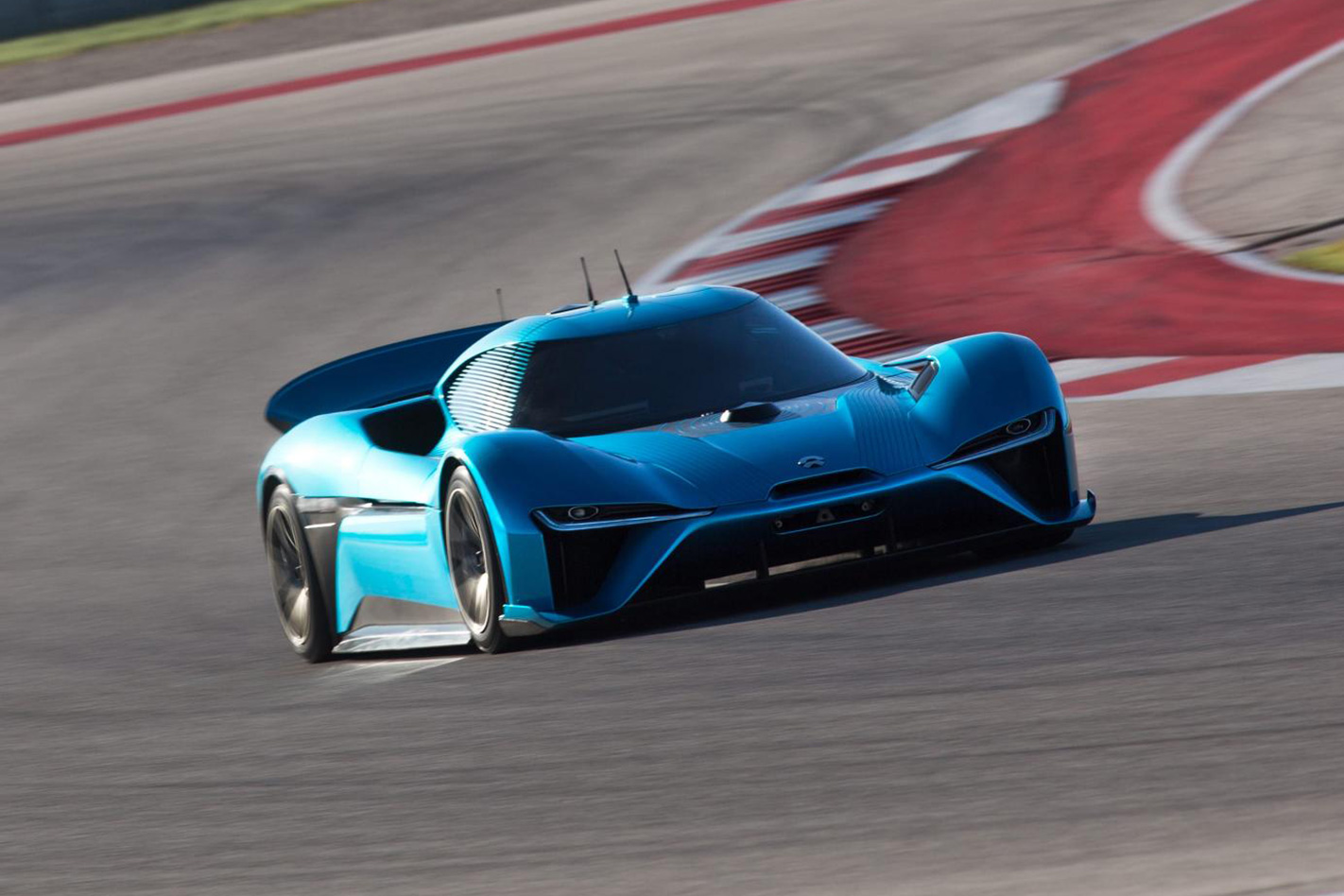
“There you’ve got a domino effect, where the first domino falls, and the cars of Norway might find their way circulating through the European Union. You’ll see them,” Russo explains. “In Australia, that’s never going to happen.”
Australia’s isolation as an island may not be as attractive as Norway’s roads into Europe, and right-hand drive is also a hindrance. State-by-state EV incentives and varying taxes don’t make entry any simpler, either, but are the start of an inflection point.
Yet Australia does have upsides. Ours is a mature market that’s a blend of European and US-market tastes. Where Chinese brands may be unable to gain a foothold, such as Central Europe or North America, Australia may serve as the next test bed to set the course for larger Western markets.
“If you hope to be global, you need other examples [beyond Norway] to tout,” says Russo. “Chinese brands need to be able to show that they can not only be present in Western markets, but in markets that are mature. So I think when Chinese companies look to markets like Australia, they’re asking if there is an entry point for them to create enough of a marketable success story that they can sell back to Chinese consumers.”

That entry point may be on the horizon, and it may be BYD that swings the balance. Australia signed an FTA with China in 2015, leading to LDV, MG as well as both Great Wall and its Haval brand entering the local market. BYD’s 2022 arrival – expected to be exclusively EVs – will be another litmus test for Chinese carmakers.
BYD sold more EVs than any other brand in China in September 2021, moving 36,000 units. Its latest model launches, the Tang SUV EV and Han D-segment sedan, were designed under the lead of ex-Audi designer Wolfgang Egger, while the company’s head of interior design is Michele Jauch-Paganetti, ex-Mercedes.
Like BYD, pure EV brands such as Lync & Co, owned by Geely, or its Gen Z-focused Zeekr, will deliver Chinese-made cars pushing desirability and tech. Put simply, they’re being sold on desirability, not cheap and cheerfulness of many underdone Chinese-made cars offered here previously. Another inflection point.
The paradigm shift domestically is well underway, says Russo. “Only a few years ago, if you wanted to find a Chinese brand in a Tier One city in China, you had to get in a taxi or book a DiDi car – not so anymore,” he explains.
“Now, EVs are being sold to retail consumers in Tier One cities, because they’re cool. Nio, XPeng – you’re not embarrassed to be an-up-and-coming 20- or 30-something professional in a Chinese electric vehicle.” The challenge is to have Australians feeling the same.
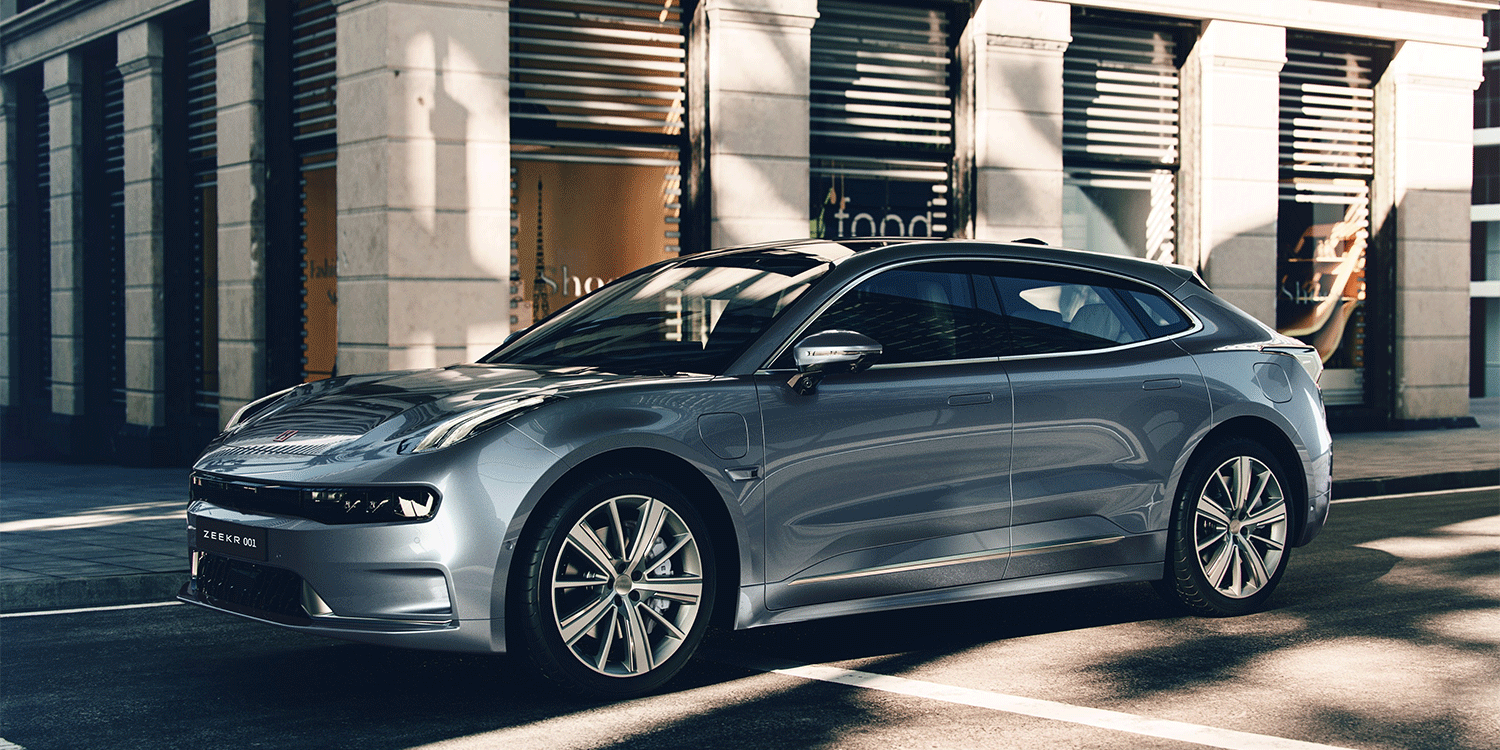
China’s electric charge
China’s EV market is already larger than Australia’s total new-car market, with 1.105 million pure electric models sold in 2020. That’s been surpassed already this year despite a reduction in subsidies, with a record 1.78 million sold year-to-date by the end of September.
BYD was the best seller of ‘NEVs’ (New Energy Vehicles) which includes hybrid, ahead of EV-only Tesla, while pure EV brands NIO and XPeng broke 10,000 monthly sales in September for the first time. The Chinese Association of Automobile Manufacturers (CAAM) expects the growth to continue into the final quarter and has tipped NEV sales to hit a record 3,000,000 this year, meaning beyond 2.5 million pure EV sales.
We recommend
-
 News
NewsNew car calendar 2026: All the new cars coming to Australia next year
Here’s the WhichCar by Wheels guide to all the new cars that will launch in Australia in 2026. Check back in regularly for updates...
-
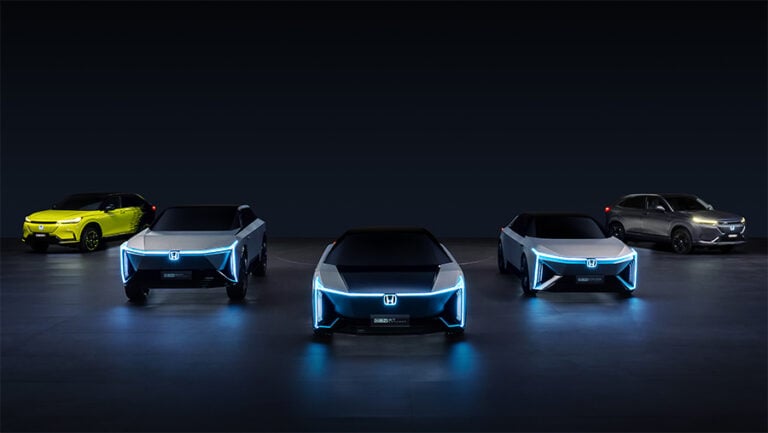 News
NewsHonda unveils electric concepts for China, launches hybrid HR-V for Europe
New e:N range previewed with three concepts, two production models
-
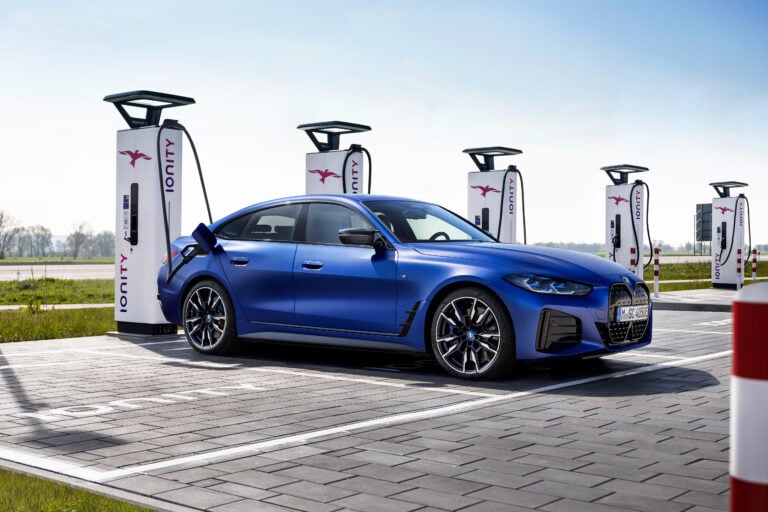 News
NewsBMW adds 60,000 chargers to Chinese EV network
Chinese market becoming large focus for BMW's EV plans

